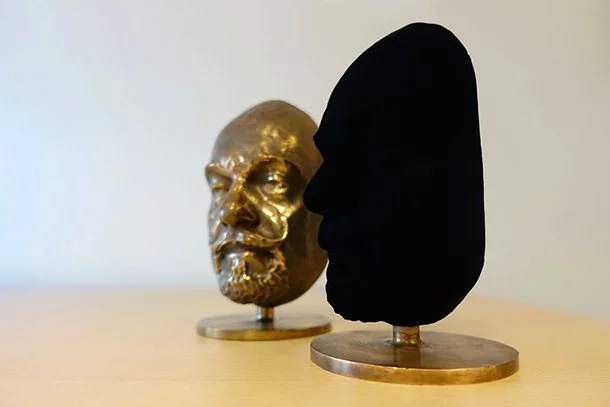The Blackest Black
Back in the 1960s, Barnes Engineering designed and built classified scientific instruments for the Defense Department that measured the infrared radiation given off by an object due to its temperature. They could determine the temperature of a ballistic missile or an aircraft or a tank at a great distance.
The need for something very black:
These optical instruments required a means of calibration, another instrument with a target area that they could focus on that was held at a very precise temperature. The target area had to be non-reflective or you would be measuring the infrared energy from other extraneous objects as well. At first, we used a commercially available dead black paint, that was as black as the manufacturers could make it …. on the order of 99.5% non-reflective.
However, those black targets still reflected a small amount of heat from objects nearby. Not a perfect solution. So, the Air Force paid us a small fortune to design a target with even less reflectivity. Because we were fabricating infrared detectors which performed best if they were totally non-reflective, we had the sophisticated equipment (Vacuum deposition chambers) and the optical-physics know-how to do it. We also had the required Top-Secret personnel and facilities clearances.
Our solution to the problem:
Amazingly, the surface we created was made of pure Gold. By electrically heating a small amount in Gold in a vacuum chamber to the boiling point of Gold, atoms of Gold at the surface flew off across the chamber and struck to a ceramic substrate which was to be the target. There they stuck fast and cooled to be followed by literally millions of other Gold atoms. Under just the right conditions (possibly still secret), the result was not a highly reflective Gold sheet, but a deep, three-dimensional stacking of Gold atoms. The best analogy would be a dense forest of very tall, very closely packed pine trees …. on a microscopic scale.
The counter-intuitive result was a target surface that appeared intensely black. The optical-physics explanation of this is that any light or infrared energy hitting this deep, spiky Gold surface was reflected ever downward and not outward toward the observer.
The best surface we could make was about 99.95% non-reflective. But that was actually a valuable step toward total blackness: five times as black as the best available paint.
Available today: “Vantablack":
[ Above is an example of Vantablack at Asif Khan’s Hyundai Pavilion in Pyeongchang. ]
Today, “Vantablack” is a commercially available coating that was first fabricated using a vacuum deposition process just like the one we used, but with a twist. Instead of closely packed “trees” their method results in closely packed and well-aligned “Nano-Tubes”. These are microscopic sheets of carbon atoms which look like chicken-wire rolled into tubes and packed tightly, side-by-side. The principle is the same: photons of light or infrared energy get reflected ever downward from the surface into the tubes. It has a reflectivity of 99.965, a great improvement.
Better still, Vantablack can now be applied as a spray, opening up all kinds of applications. The image below shows that a Vantablack coating can turn an object completely inscrutable …. a black void. With so little reflectivity all hints of shape or surface condition are obscured.
Barnes Engineering’s original work was a key step in developing this intensively black black.









